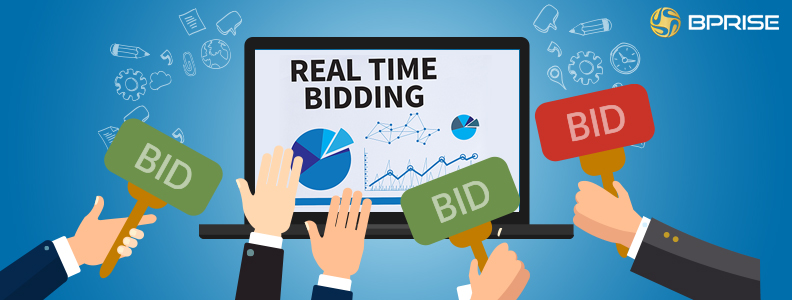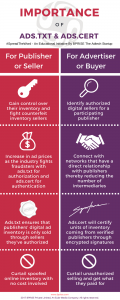If you read our blogs often, you’re already somewhat familiar with the words DSP (demand-side platform) and programmatic advertising. Just to refresh your memory a DSP is the software platform that advertisers (or marketers of various organizations) use to buy ad inventory and impressions from a range of publisher sites based on the kind of audience that the publisher has. And programmatic ad buying or advertising means using a piece of software to purchase digital advertising. This sort of makes your DSP a programmatic software. Using a machine to buy ads is programmatic as opposed to traditional processes that would involve RFPs, human negotiations and manual insertion orders.
Real-time bidding is when you purchase ads through real-time auctions, but the programmatic software also allows you (as an advertiser) to buy a guaranteed number of ad impressions from specific publisher sites in advance. Buying in such a way is called “programmatic direct.” In short RTB is a type of programmatic buying.
Most B2C brands want to win the attention of customers and potential customers and there’s a price to be paid every time an ad is shown to a specific user. Advertisers bid using an automated platform (think DSP!) for an ad space on a specific website or an app. The auction takes place in milliseconds. The higher you bid, the better are your chances of winning the auction and having your ad displayed to your target audience.
How does RTB work?
- User visits a (publisher) website that has ad spaces.
- Publisher sends a message to the supply side platform (an SSP is a publisher facing platform) informing that they have an impression/ad space available.
- SSP then examines customer information (location, internet search history, age, gender etc) available and sends it to the ad exchange.
- Ad exchange conveys this information to the DSP and the auction/bid begins.
- DSP bids on the available ad space based on the parameters set by the advertiser.
- Highest bidder wins and has ad displayed to the user.
What are its advantages?
- Advertisers can bid for what they need:
Place bids only on inventories that best suit your campaign. This helps minimize the wastage of media spend on impressions that are not from your desired audience. Moreover the bidding process ensures that each impression can be bought based on the parameters set by the advertiser within the DSP.
- Publishers get the maximum prices for every impression:
While DSPs bid for on behalf of the advertiser for an impression most useful to him/her, publishers also have the impressions sold at maximum prices based on the real time market demand. Ad Exchanges that facilitate the real time transaction enables publishers to reach out to lot more advertisers. This in turn ensures that publishers sell to the highest bidder.
Who does RTB benefit?
Advertisers – Target and bid more effectively based on the behavioural ground of the customer, which means no more wasted impressions.
Publishers – Gain maximum revenue because advertisers bid for max impression value.
Agencies – Spend efficiently, better control campaigns and achieve targeted results for clients.
Watch out for our next blog where we talk about the mechanism that automates media buying and ad placement in digital space – Programmatic Buying.


